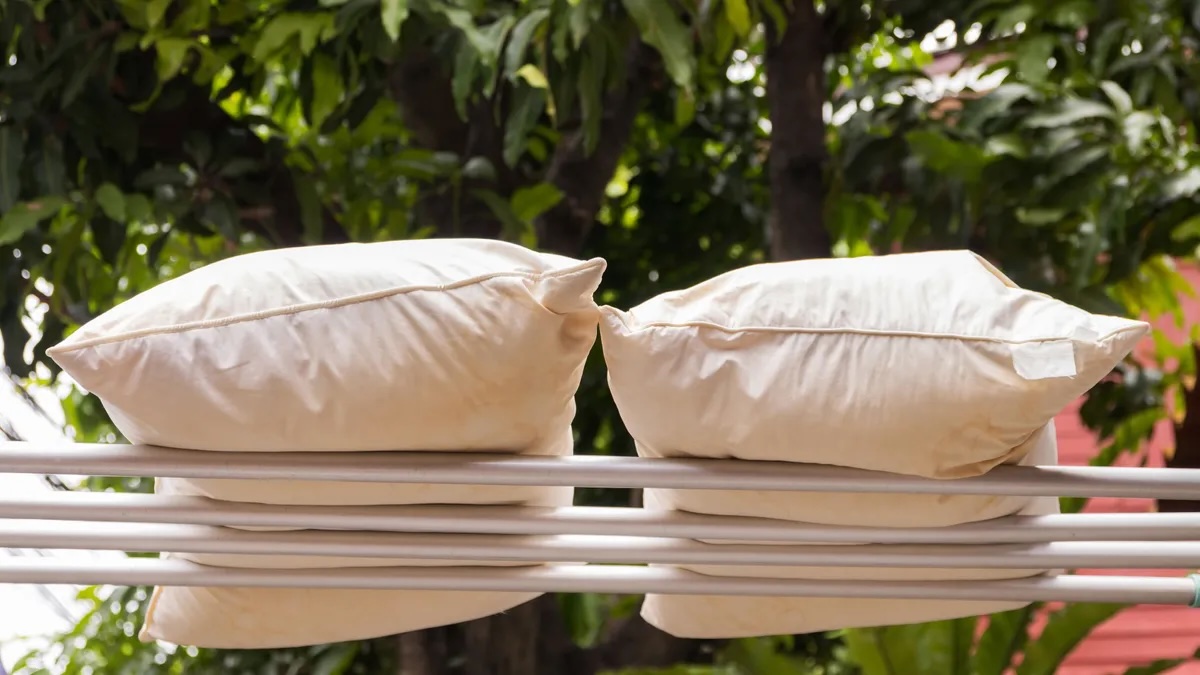

Articles
How Do I Wash Pillows
Modified: February 24, 2024
Learn the best way to wash pillows in this comprehensive guide. Discover helpful tips and tricks in our articles to keep your pillows clean and fresh.
(Many of the links in this article redirect to a specific reviewed product. Your purchase of these products through affiliate links helps to generate commission for Storables.com, at no extra cost. Learn more)
Introduction
When it comes to maintaining a clean and comfortable sleeping environment, washing your pillows is just as important as washing your sheets. Pillows accumulate dirt, sweat, oils, and dust mites over time, which can lead to unpleasant odors and affect the quality of your sleep. Regularly washing your pillows not only helps to eliminate these issues but also extends their lifespan.
In this article, we will explore the various types of pillows and provide you with step-by-step instructions on how to wash each type properly. From down and feather pillows to memory foam, synthetic, and natural fiber pillows, we have you covered.
Before we dive into the specifics of washing pillows, it’s important to note that not all pillows can be simply thrown into the washing machine. Some require special care while others may need to be spot cleaned instead.
Checking the care label on your pillows should always be your first step. The care label provides important information on how to clean and care for your pillows. It may indicate if your pillow can be machine washed, if it requires hand washing, or if it can only be spot cleaned.
Let’s now explore the different types of pillows and the appropriate washing methods for each.
Key Takeaways:
- Regularly washing pillows eliminates dirt, allergens, and odors, preserving their quality and improving sleep. Check care labels and follow specific washing instructions for different pillow types to ensure optimal cleanliness and comfort.
- Proper pillow maintenance, including fluffing, airing out, using protectors, and following care instructions, extends their lifespan and ensures a healthy sleep environment. Consider personal preference, allergies, and pillow condition when determining washing frequency.
Read more: How Do I Wash Feather Pillows
Why Washing Pillows is Important
Regularly washing your pillows is not only essential for maintaining cleanliness, but it also has several other important benefits. Here are a few reasons why washing pillows is important:
- Eliminates dirt and allergens: Over time, pillows accumulate dirt, sweat, oils, and dead skin cells. These can become a breeding ground for dust mites and allergens, which can trigger allergies and respiratory issues. Washing your pillows removes these particles, creating a healthier sleeping environment.
- Reduces odors: Pillow odors can range from mild to unpleasant, depending on the buildup of sweat, body oils, and bacteria. Regular washing helps to eliminate these odors, leaving your pillows fresh and clean.
- Preserves pillow quality: Proper care and maintenance, including regular washing, can help extend the lifespan of your pillows. By removing dirt and oils, you prevent them from breaking down the pillow’s materials, ensuring it remains supportive and comfortable for a longer period of time.
- Improves sleep quality: Sleeping on a clean and fresh pillow enhances the overall sleep experience. It provides a clean surface for your face, preventing clogged pores and potential skin irritation. A clean pillow can also contribute to a more restful and comfortable sleep.
- Prevents allergen buildup: Dust mites and allergens can thrive in unwashed pillows, leading to increased allergy symptoms. Regular washing helps eliminate allergens, reducing the risk of allergies and asthma attacks while you sleep.
- Avoids stains: Over time, pillows can develop stains from things like sweat, makeup, or food spills. Washing your pillows regularly helps to prevent these stains from setting in, keeping your pillows looking fresh and clean.
By recognizing the importance of washing your pillows and following the appropriate cleaning methods, you can ensure that your sleeping environment remains hygienic and comfortable.
Types of Pillows
When it comes to pillows, there is no shortage of options to choose from. Different materials and designs cater to individual preferences and specific needs. Here are some common types of pillows:
- Down and Feather Pillows: These pillows are filled with the soft and fluffy feathers found underneath the exterior feathers of ducks or geese. They offer a luxurious and comfortable sleep experience.
- Memory Foam Pillows: Memory foam pillows are made from viscoelastic foam that conforms to the shape of your head and neck. They provide excellent support and pressure relief.
- Polyester or Synthetic Pillows: Synthetic pillows are filled with polyester fibers. They are hypoallergenic, easy to maintain, and ideal for those with allergies.
- Bamboo or Other Natural Fiber Pillows: These pillows are made from natural fibers like bamboo, cotton, or silk. They are breathable, hypoallergenic, and environmentally-friendly.
- Lumbar Pillows: Lumbar pillows are specifically designed to provide lower back support. They are commonly used while sitting or lying down to alleviate back pain.
- Body Pillows: Body pillows are long, cylindrical pillows that provide full-body support. They are especially popular during pregnancy or for individuals who prefer a larger sleeping surface.
- Cervical Pillows: Cervical pillows have a curved design that supports the natural curvature of the neck. They help align the spine and relieve neck pain.
Each type of pillow may require different care and washing methods. It’s important to identify the type of pillow you have before proceeding with the washing instructions to ensure the best results and preserve the pillow’s quality.
Check the Care Label
Before you start washing your pillows, it is crucial to check the care label for specific instructions. The care label provides valuable information about the type of pillow and the recommended cleaning method. Here’s how to check the care label:
- Locate the care label: The care label is typically found sewn onto the pillow or on a tag attached to it. It contains important care instructions and may include symbols or written instructions.
- Read the care instructions: Care instructions vary depending on the type of pillow. Some pillows can be machine washed, while others may require spot cleaning or dry cleaning. Take note of the recommended cleaning method specified on the care label.
- Pay attention to any additional instructions: The care label may provide specific details such as water temperature, detergent suggestions, or any precautions to take during the washing process. Follow these instructions carefully to ensure optimal results and preserve the quality of your pillows.
- Consider your pillow’s age and condition: If your pillow is old, worn out, or damaged, it may be best to replace it instead of attempting to wash it. Washing can further deteriorate older pillows or cause them to clump, reducing their effectiveness and support.
- Spot clean if necessary: If the care label indicates that you shouldn’t machine wash your pillow, spot cleaning may be recommended. Spot cleaning involves using a mild detergent or stain remover and gently dabbing the affected area with a clean cloth. Be sure to test the cleaning solution on a small, inconspicuous area of the pillow first to avoid any potential damage.
Checking the care label is crucial as it provides valuable guidance on how to properly clean and care for your pillows. By following the manufacturer’s instructions, you can ensure that your pillows remain in good condition and provide you with a clean and comfortable sleeping surface.
Washing Down and Feather Pillows
Down and feather pillows are known for their softness and luxurious feel. However, they require extra care when it comes to washing. Here’s a step-by-step guide on how to wash down and feather pillows:
- Check the care label: Start by checking the care label of your down and feather pillows. Some pillows may be machine washable, while others may require professional cleaning. Follow the recommended cleaning method as specified on the care label.
- Pre-treat stains: If your pillows have any stains, spot clean them before washing. Apply a small amount of mild detergent or stain remover directly to the stained area and gently rub it in with a clean cloth or sponge. Allow the pre-treatment to sit for a few minutes, then rinse with water.
- Use a gentle detergent: When machine washing down and feather pillows, use a gentle detergent that is specifically formulated for delicate fabrics. Avoid using bleach or harsh chemicals, as they can damage the delicate feathers.
- Load the washing machine: Place your pillows in the washing machine, making sure not to overcrowd the machine. It’s best to wash two pillows at a time to maintain balance.
- Adjust the settings: Set the machine to a gentle or delicate cycle with cold water. Use a low spin cycle to prevent excessive agitation.
- Extra rinse: It’s recommended to run an extra rinse cycle to ensure all the detergent is thoroughly rinsed out of the pillows.
- Drying: Properly drying down and feather pillows is crucial to prevent clumping and ensure they are fully dry. Place the pillows in the dryer with a few clean tennis balls or dryer balls. These will help fluff up the pillows and prevent the feathers from clumping together. Use a low heat setting and periodically check the pillows to avoid overheating. Ensure that the pillows are completely dry before removing them from the dryer.
- Fluffing: Once your pillows are dry, give them a good shake and fluff them up to restore their loft and shape.
Following these steps will help you properly clean and maintain your down and feather pillows, ensuring that they continue to provide you with a comfortable and luxurious sleep experience.
Read more: What Setting Do I Wash Pillows On
Washing Memory Foam Pillows
Memory foam pillows are known for their ability to conform to the shape of your head and neck, providing excellent support and pressure relief. However, they require special care when it comes to washing. Here’s a step-by-step guide on how to wash memory foam pillows:
- Check the care label: Start by checking the care label on your memory foam pillows. Some memory foam pillows may be machine washable, while others may recommend spot cleaning only. Follow the recommended cleaning method as specified on the care label.
- Spot cleaning: If your memory foam pillow is not machine washable, spot cleaning may be the recommended method. Prepare a mixture of mild detergent and warm water in a bowl. Dip a clean cloth or sponge into the mixture, then gently blot the soiled areas of the pillow. Avoid scrubbing or rubbing vigorously, as this can damage the memory foam.
- Remove odors: To eliminate odors from your memory foam pillow, sprinkle baking soda over the surface and let it sit for a few hours. Then, use a vacuum cleaner with an upholstery attachment to remove the baking soda.
- If machine washable: If your memory foam pillow is machine washable, proceed with caution. Only wash one pillow at a time to prevent the machine from becoming unbalanced.
- Gentle cycle, cool water: Set your washing machine to a gentle or delicate cycle with cool water. Use a small amount of mild detergent, preferably one that is specifically formulated for delicate fabrics.
- Minimal agitation: To prevent excessive agitation and potential damage to the memory foam, reduce the spinning and agitation settings on your machine.
- Rinsing: Run an extra rinse cycle to ensure all the detergent is thoroughly rinsed out of the pillow.
- Drying: It’s important to dry memory foam pillows properly to avoid damaging the foam. Air-drying is recommended to prevent shrinking or shape distortion. Place the pillow in a well-ventilated area with good air circulation and allow it to dry completely. Avoid direct sunlight or high heat sources, as they can cause the foam to deteriorate.
- Fluffing: Once your memory foam pillow is dry, gently fluff it by kneading and squeezing it to restore its shape and resilience.
By following these steps, you can effectively clean your memory foam pillows and keep them in good condition for years to come, ensuring a comfortable and supportive sleep surface.
To wash pillows, use a mild detergent and wash in warm water. Add an extra rinse cycle to ensure all detergent is removed. Dry on low heat with dryer balls to fluff them up.
Washing Polyester or Synthetic Pillows
Polyester or synthetic pillows are popular due to their affordability, durability, and hypoallergenic properties. Cleaning these pillows is relatively easy and straightforward. Here’s a step-by-step guide on how to wash polyester or synthetic pillows:
- Check the care label: Start by checking the care label on your polyester or synthetic pillows. Most of these pillows can be machine washed, but it’s always important to verify the instructions provided on the care label.
- Pre-treat stains: If your pillows have any stains, apply a small amount of mild detergent directly to the stained area and gently rub it in with a clean cloth or sponge. Allow the pre-treatment to sit for a few minutes before washing.
- Load the washing machine: Place your polyester or synthetic pillows in the washing machine. To ensure proper balance and prevent excessive wear and tear, it’s recommended to wash two pillows at a time.
- Select a gentle cycle: Set your washing machine to a gentle or delicate cycle to protect the pillows’ fibers. Using cool water is ideal, as hot water may cause the synthetic materials to degrade or lose their shape over time.
- Choose a mild detergent: Use a mild detergent that is suitable for delicate fabrics. Avoid using bleach or harsh chemicals, as they can damage the synthetic fibers.
- Rinse thoroughly: Run an additional rinse cycle to ensure that all detergent residue is removed from the pillows. This step is important for preventing any potential skin irritation or allergic reactions.
- Drying: Polyester and synthetic pillows can be safely dried in the dryer. Place them in the dryer with a couple of clean tennis balls or dryer balls. The balls will help fluff up the pillows during the drying process. Use a low heat setting and periodically check the pillows to avoid overheating.
- Fluffing: Once the pillows are dry, give them a good shake and fluff them up by hand to restore their shape and loft.
By following these steps, you can effectively clean your polyester or synthetic pillows, keeping them fresh and comfortable for a restful night’s sleep. Regular cleaning and maintenance will also help these pillows maintain their supportive and hypoallergenic properties for an extended period.
Washing Bamboo or Other Natural Fiber Pillows
Bamboo or other natural fiber pillows are becoming increasingly popular due to their sustainable and eco-friendly properties. These pillows provide excellent breathability and moisture-wicking capabilities. Here’s a step-by-step guide on how to wash bamboo or other natural fiber pillows:
- Check the care label: Begin by checking the care label on your bamboo or natural fiber pillows. While most of these pillows can be machine washed, it’s important to review the specific instructions provided on the care label.
- Spot clean if necessary: If your pillows have any localized stains or spills, spot clean them before washing. Use a mild detergent and a clean cloth or sponge to gently dab the affected area. Avoid rubbing vigorously to prevent any damage to the natural fibers.
- Load the washing machine: Place your bamboo or natural fiber pillows in the washing machine. To maintain balance and prevent excessive wear and tear, it’s recommended to wash two pillows at a time.
- Select a gentle cycle: Set your washing machine to a gentle or delicate cycle to protect the natural fibers from excessive agitation. Opt for cool water to prevent shrinking or damage to the fibers.
- Use a mild detergent: Choose a mild detergent suitable for delicate fabrics. Avoid using bleach or harsh chemicals that may weaken or discolor the natural fibers.
- Rinse thoroughly: Run an additional rinse cycle to ensure all detergent residue is thoroughly removed from the pillows. This step is important to maintain the natural properties and softness of the fibers.
- Drying: Natural fiber pillows are best air-dried to retain their shape and integrity. Lay them flat on a clean, dry surface or hang them outside in a well-ventilated area. Avoid direct sunlight as it may fade or damage the natural fibers.
- Fluffing: Once the pillows are completely dry, give them a gentle shake and fluff them up to restore their loft and comfort.
By following these steps, you can effectively clean your bamboo or other natural fiber pillows, ensuring that they stay fresh, breathable, and comfortable for a restful night’s sleep. Proper care and maintenance will help extend the lifespan of these sustainable pillows, allowing you to enjoy their benefits for years to come.
Drying Pillows Properly
Properly drying your pillows after washing is essential to ensure they maintain their shape, fluffiness, and cleanliness. Here are some guidelines on how to dry pillows properly:
- Read the care label: Before drying your pillows, refer to the care label for specific instructions. Some pillows may be suitable for machine drying, while others may require air drying.
- Machine drying: If the care label allows machine drying, place your pillows in the dryer. It’s best to dry two pillows at a time to maintain a balanced load.
- Add dryer balls or tennis balls: To help fluff up the pillows and prevent clumping, add a couple of clean tennis balls or dryer balls to the dryer. The balls will create agitation and enhance airflow, ensuring even drying.
- Use low heat: Set the dryer to a low heat or delicate setting. High heat can damage the fabric and filling of the pillows. Avoid using a high heat cycle, as it may cause shrinkage or melt synthetic materials.
- Periodic checking: Check on the pillows periodically during the drying process to prevent over-drying. Remove them from the dryer once they are completely dry to avoid any potential damage.
- Air drying: If the care label indicates air drying, find a well-ventilated area with good air circulation. Place the pillows on a clean, flat surface or hang them outside on a clothesline. Avoid direct sunlight as it may cause discoloration or damage to the fabric.
- Fluffing: Once the pillows are dry, give them a good shake and fluff them up by hand. Gently knead and squeeze the pillows to distribute the filling evenly and restore their loft and shape.
Remember, it’s important to ensure that your pillows are fully dry before using them. Damp pillows can develop musty odors and may foster the growth of mold or mildew. By following these drying guidelines, you can maintain the quality and longevity of your pillows while enjoying a fresh and comfortable sleeping experience.
Read more: How Many Nursing Pillows Do I Need
How Often Should You Wash Your Pillows?
Regularly washing your pillows is essential for maintaining cleanliness, hygiene, and optimal sleep quality. However, the frequency at which you should wash your pillows depends on various factors. Here are some general guidelines to help you determine how often you should wash your pillows:
- Follow the manufacturer’s recommendations: First and foremost, check the care label on your pillows for any specific guidance on washing frequency. Different types of pillows may have different cleaning requirements.
- Consider your personal preference: If you prefer a consistently fresh and clean sleeping surface, it’s recommended to wash your pillows more frequently. Some individuals may choose to wash their pillows every 3-6 months, while others may prefer to do it every 6-12 months.
- Take into account allergies and respiratory conditions: If you have allergies or respiratory conditions such as asthma, it’s crucial to wash your pillows more frequently. Dust mites, allergens, and debris can accumulate over time and worsen allergy symptoms or trigger respiratory issues.
- Assess the pillow condition: Consider the condition of your pillows. If they appear visibly soiled, stained, or have an unpleasant odor, it’s time to give them a thorough cleaning, regardless of the time frame since their last wash.
- Regular pillow maintenance: Even if you don’t wash your pillows frequently, practicing regular maintenance can help keep them clean and fresh. This includes fluffing and airing them out regularly, using pillow protectors or pillowcases that are washed regularly, and replacing old, worn-out pillows in a timely manner.
It’s important to note that these guidelines are general recommendations, and your individual circumstances may vary. Ultimately, trust your judgment and consider factors such as personal comfort, allergies, and the condition of your pillows when deciding how often to wash them.
By regularly cleaning and maintaining your pillows, you will ensure a clean and healthy sleep environment, prolong the lifespan of your pillows, and enjoy a restful night’s sleep free from allergens and dirt.
Pillow Maintenance Tips
Maintaining your pillows properly can help extend their lifespan, ensure optimal sleep comfort, and keep them clean and fresh. Here are some essential pillow maintenance tips to follow:
- Regularly fluff your pillows: Give your pillows a good fluffing regularly to distribute the filling evenly and restore their loft. This helps maintain their shape and support.
- Air them out: Whenever possible, air out your pillows by placing them in a well-ventilated area or outside in the fresh air. This helps remove trapped moisture and odors.
- Use pillow protectors or pillowcases: Keep your pillows protected with high-quality pillow protectors or pillowcases. These act as a barrier against sweat, oils, dust mites, and stains. Be sure to wash them regularly according to the manufacturer’s instructions.
- Rotate and flip your pillows: To ensure even wear and pressure distribution, rotate and flip your pillows periodically. This prevents them from becoming lumpy or uneven over time.
- Avoid eating or drinking in bed: Eating or drinking in bed can lead to spills or stains on your pillows. Try to enjoy your meals or drinks in a designated area to prevent accidents.
- Keep pets away: While we love our furry friends, it’s best to keep them off the pillows and bedding. Pet dander, fur, and oils can accumulate on pillows and impact their cleanliness.
- Follow proper storage techniques: If you need to store your pillows for an extended period, ensure they are clean and completely dry. Place them in a breathable bag or container to protect them from dust and moisture.
- Replace pillows when necessary: Over time, pillows lose their shape and support. It’s important to assess the condition of your pillows and replace them when they become flat, lumpy, or no longer provide adequate support.
- Follow the care instructions: Always refer to the care label or manufacturer’s instructions for specific cleaning and maintenance guidelines for your pillows. Different types of pillows may require different care methods.
By following these pillow maintenance tips, you can enjoy clean, fresh, and comfortable pillows for an extended period. Taking care of your pillows not only ensures a restful night’s sleep but also contributes to a healthier sleep environment.
Conclusion
Properly washing and maintaining your pillows is essential for a clean, comfortable, and hygienic sleep environment. Regularly cleaning your pillows helps eliminate dirt, sweat, allergens, and odors, ensuring a fresh and healthy sleeping surface. By following the specific washing instructions for your pillow type, such as down and feather, memory foam, synthetic, or natural fiber pillows, you can maintain their quality and extend their lifespan.
Checking the care label is crucial before washing your pillows, as it provides important guidelines regarding the recommended cleaning methods. Spot cleaning, machine washing, or air drying may be indicated depending on the pillow type. It’s important to use gentle detergents, avoid high heat, and properly dry and fluff your pillows to prevent damage and maintain their comfort and support.
Additionally, considering factors like allergies, personal preference, and pillow condition can help determine the frequency of pillow washing. Regular maintenance, such as fluffing, airing out, using pillow protectors, and rotating pillows, contributes to their longevity and cleanliness.
Remember to always replace your pillows when they become worn out or no longer provide adequate support. Paying attention to pillow maintenance and cleanliness not only ensures a better sleep experience but also contributes to your overall health and well-being.
By following the tips and techniques outlined in this article, you can keep your pillows fresh, clean, and comfortable for years to come, ensuring a cozy and rejuvenating sleep every night.
Frequently Asked Questions about How Do I Wash Pillows
Was this page helpful?
At Storables.com, we guarantee accurate and reliable information. Our content, validated by Expert Board Contributors, is crafted following stringent Editorial Policies. We're committed to providing you with well-researched, expert-backed insights for all your informational needs.
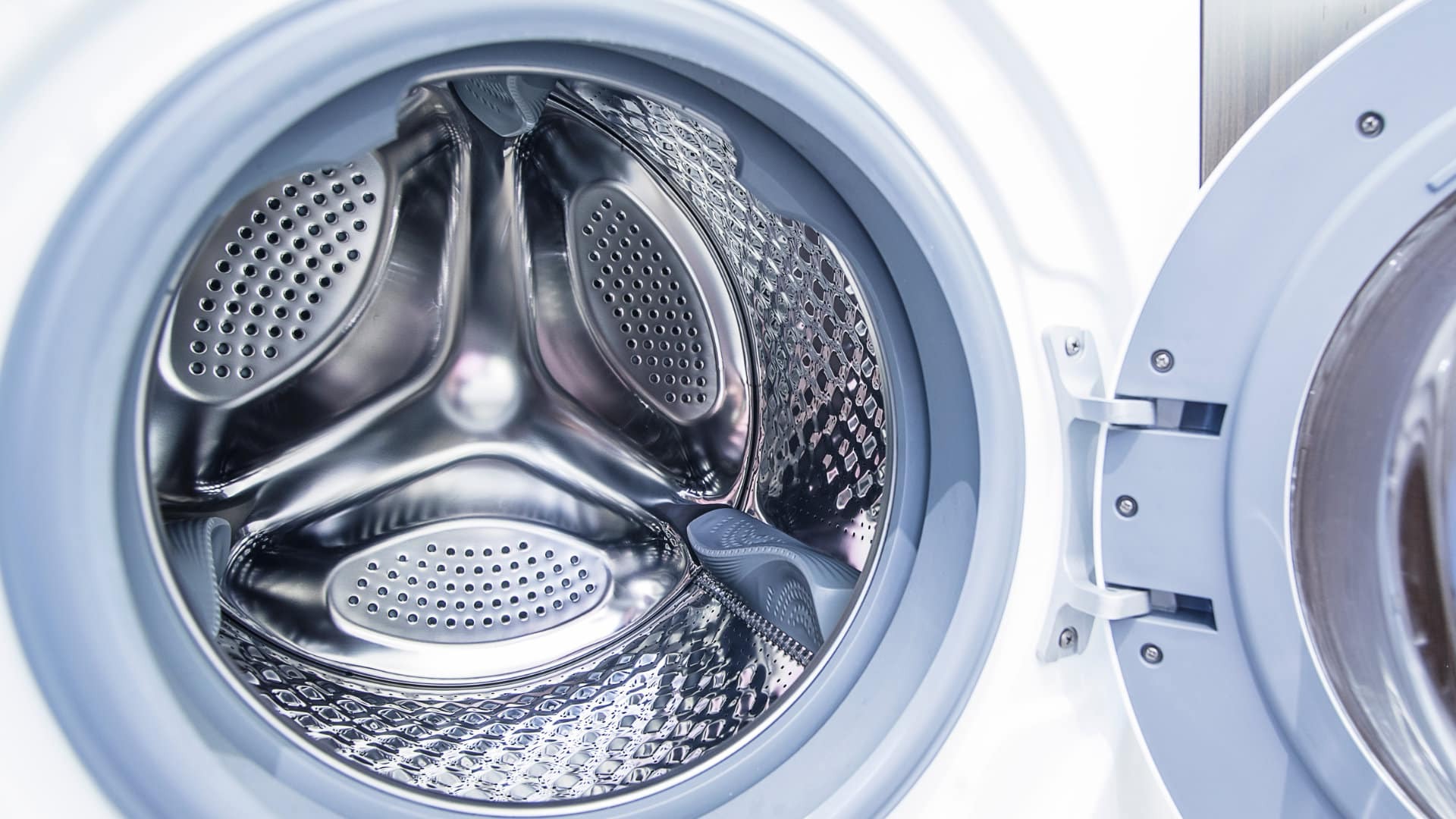
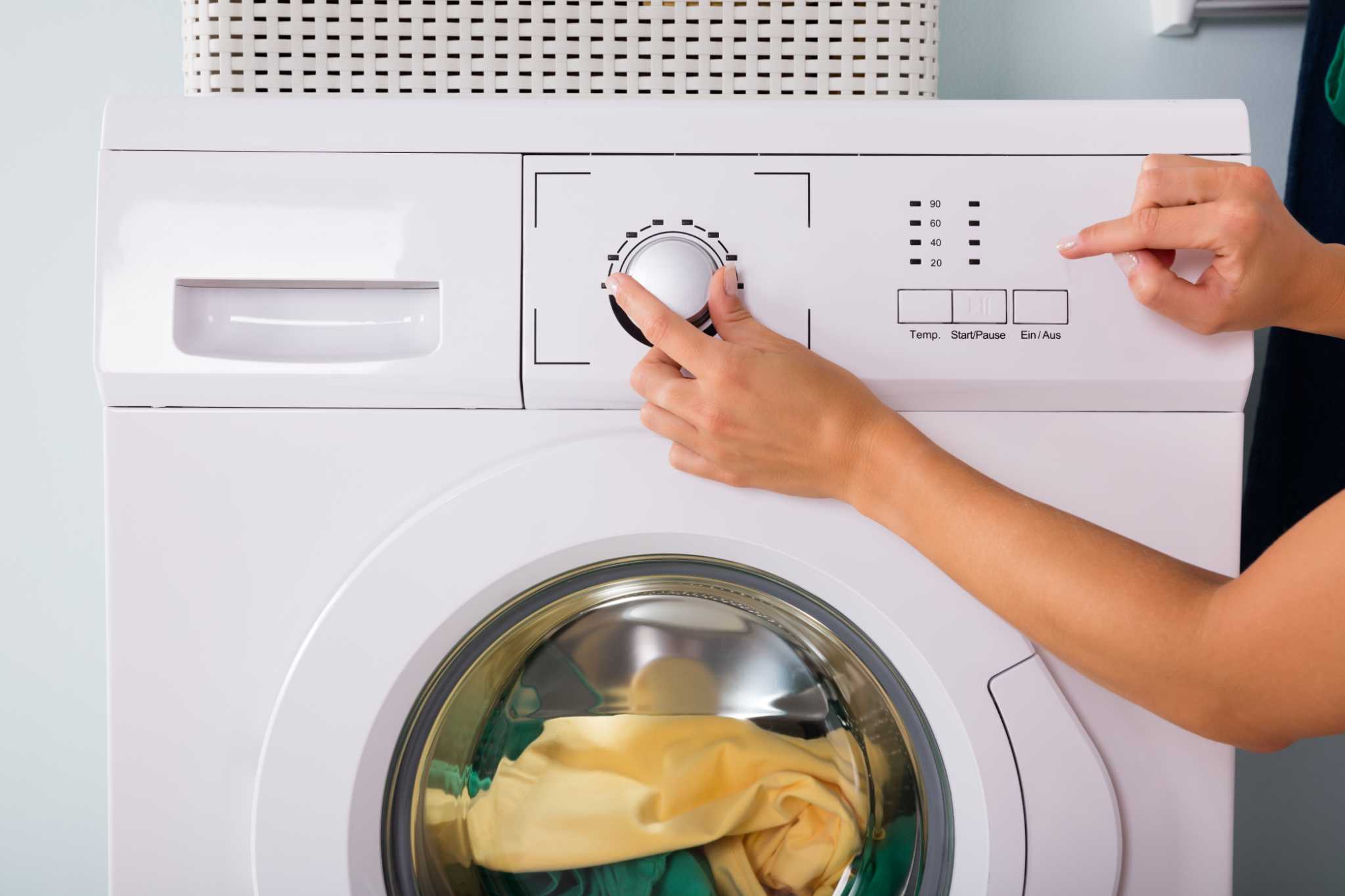
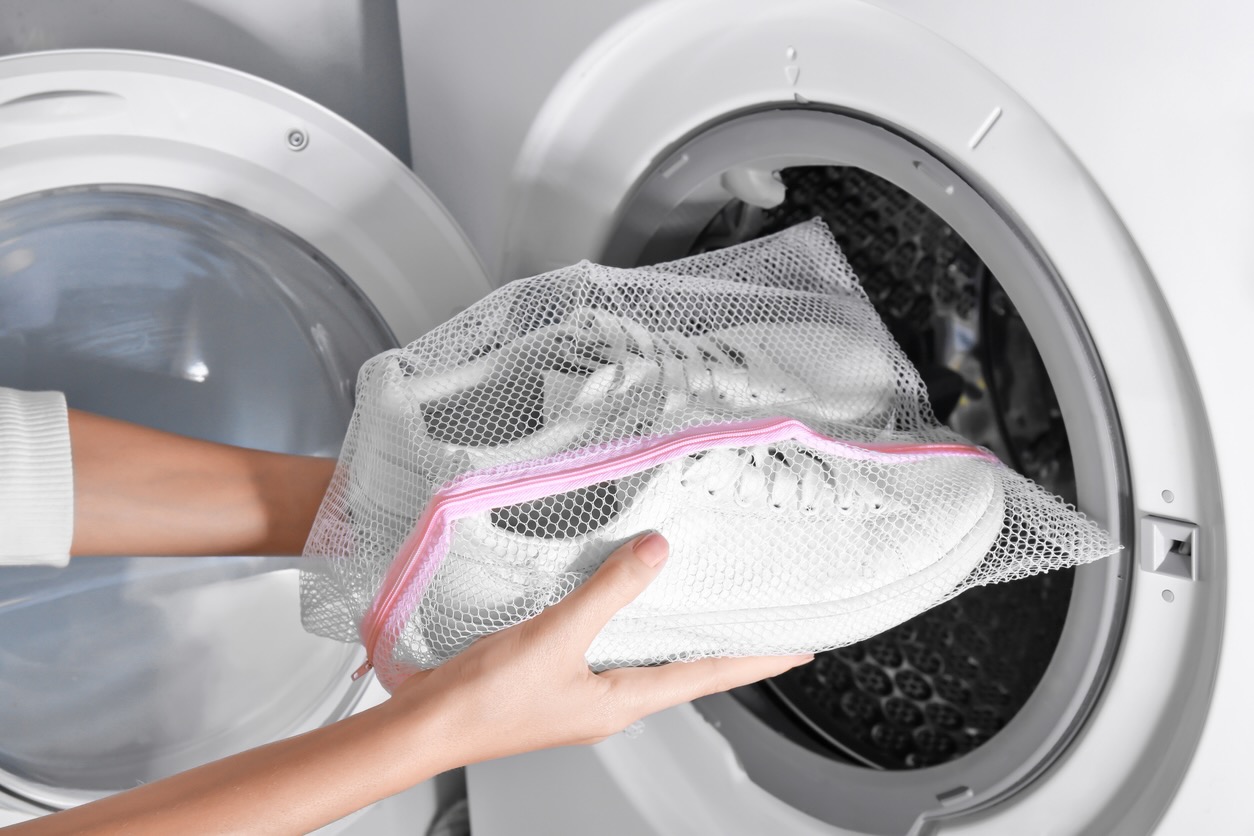
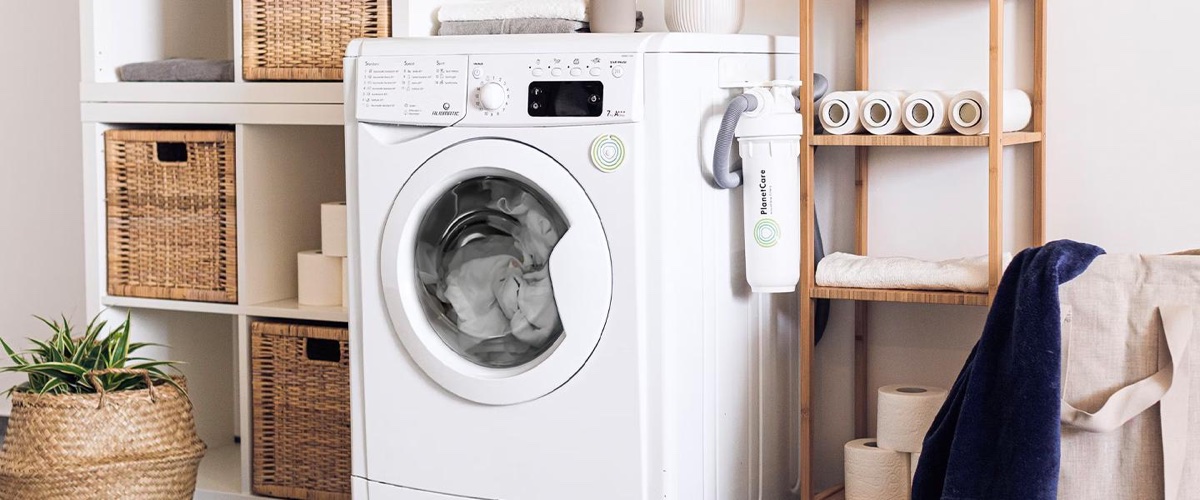
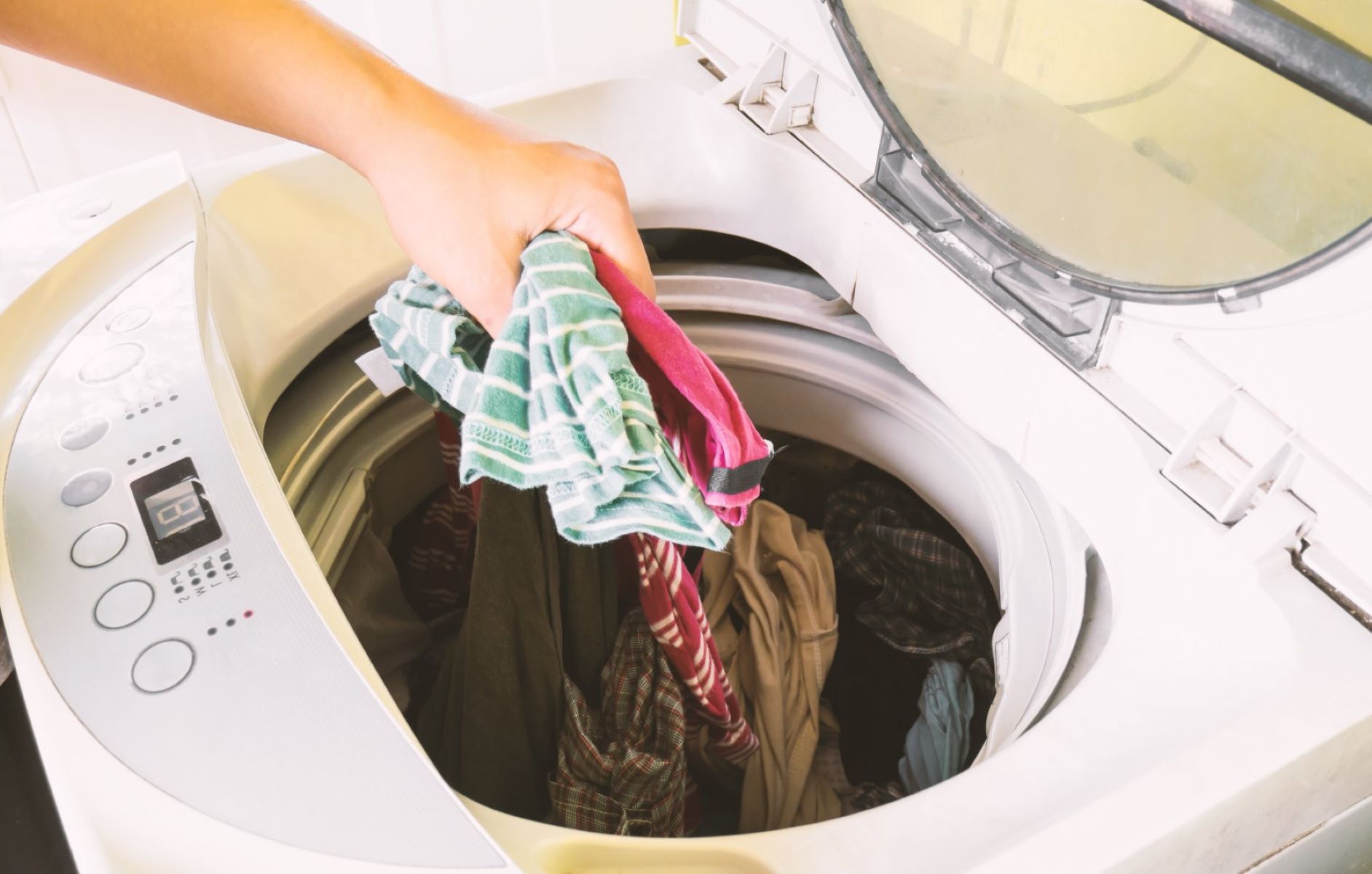
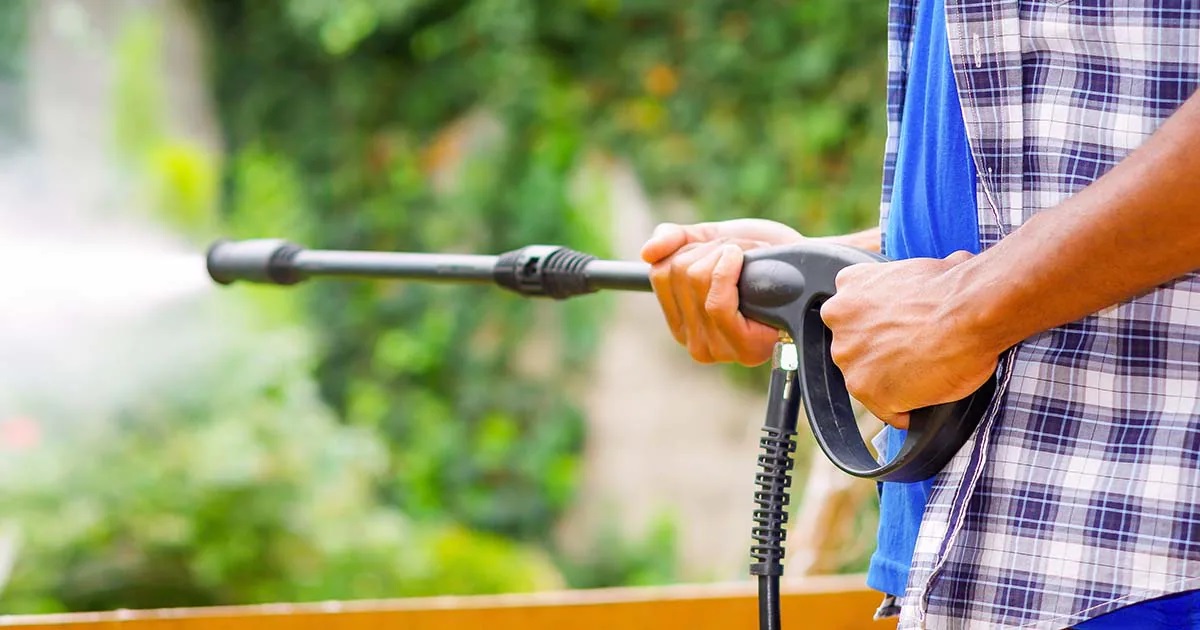
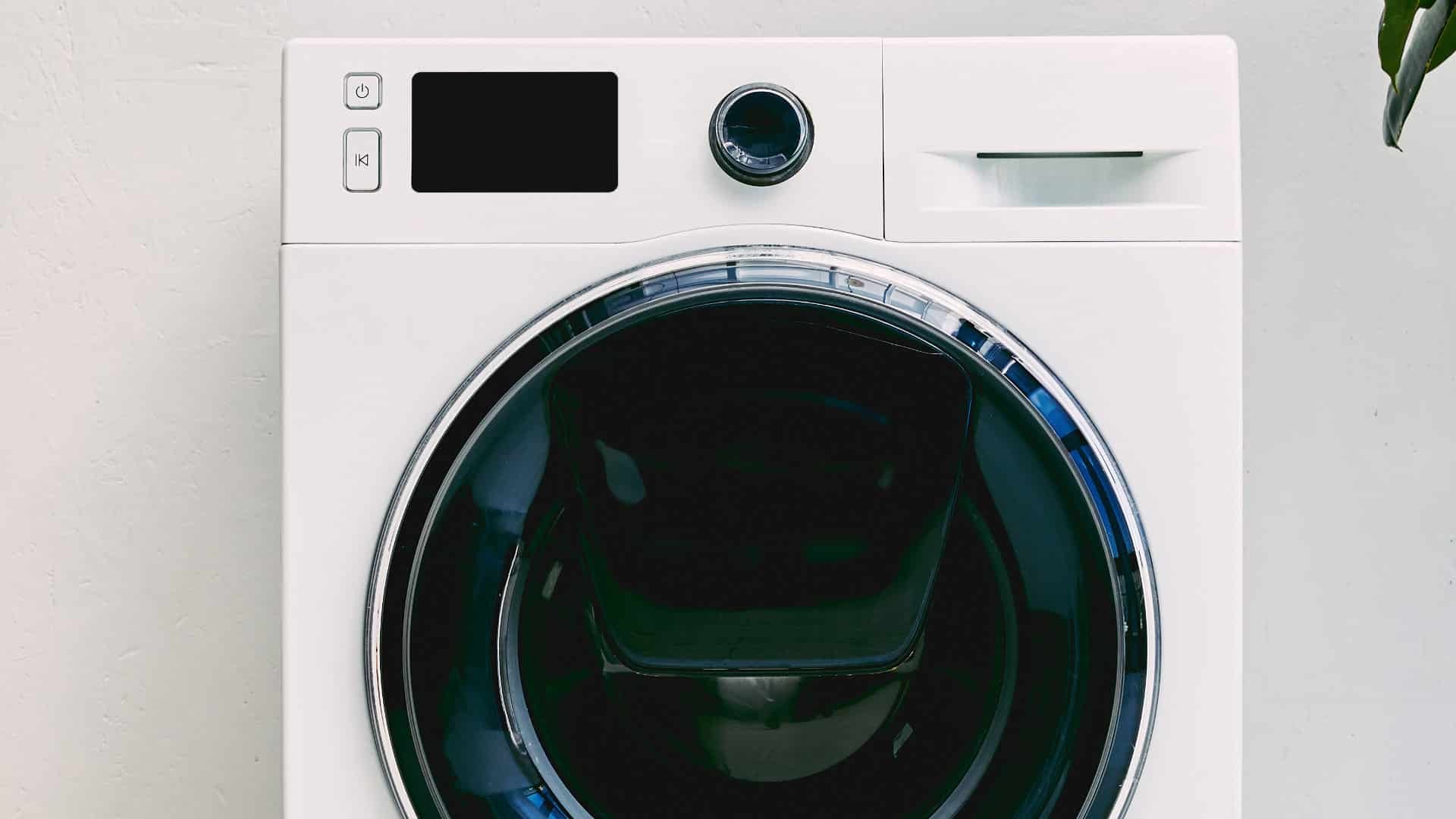
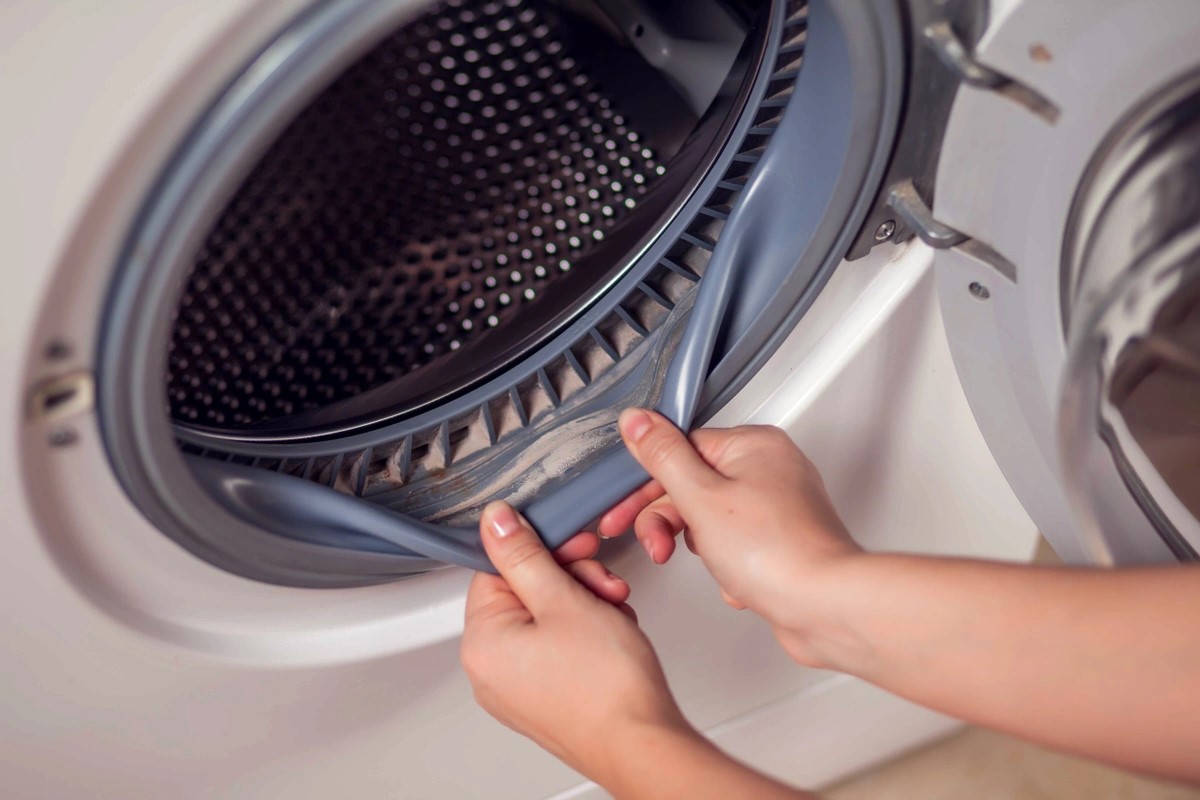

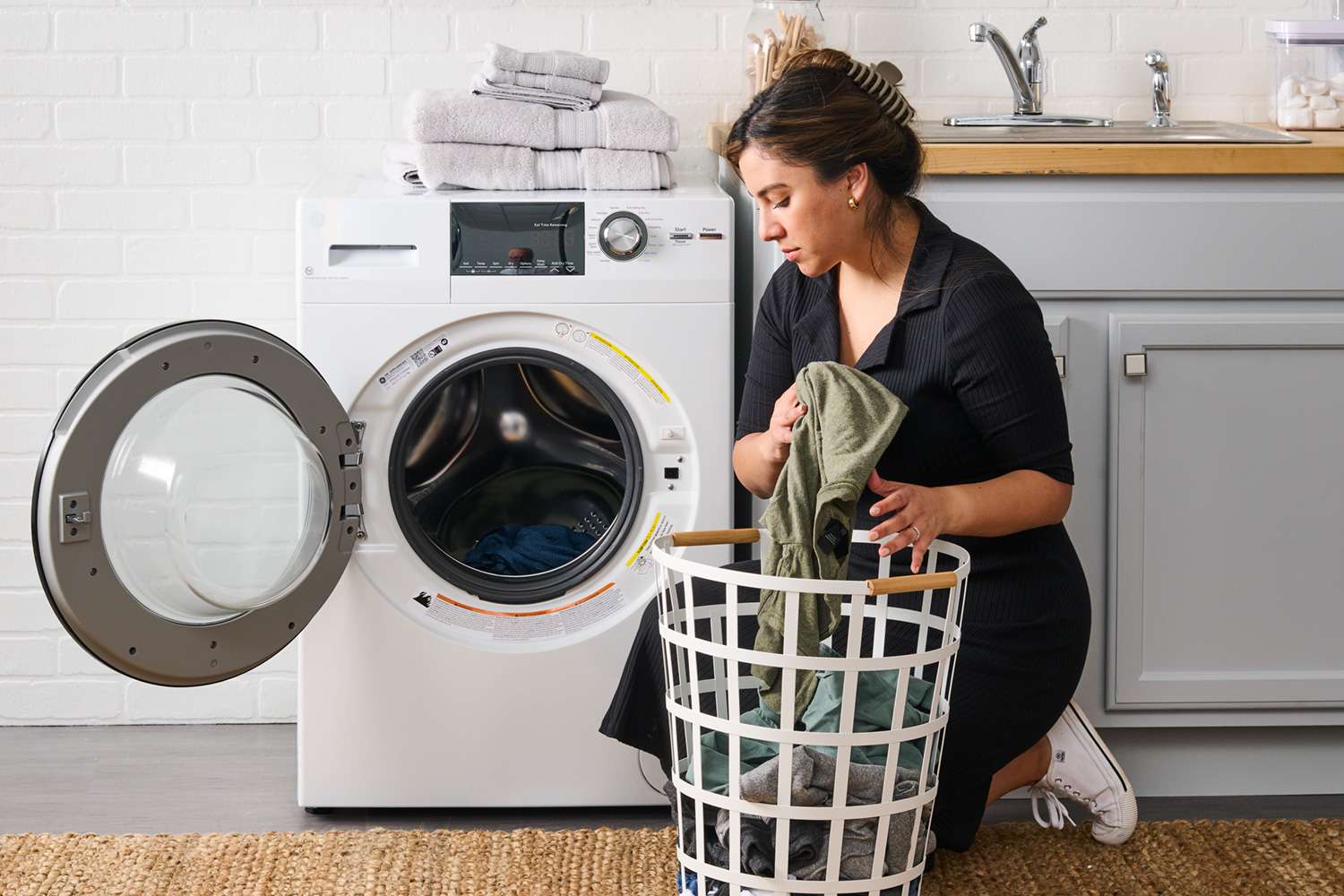

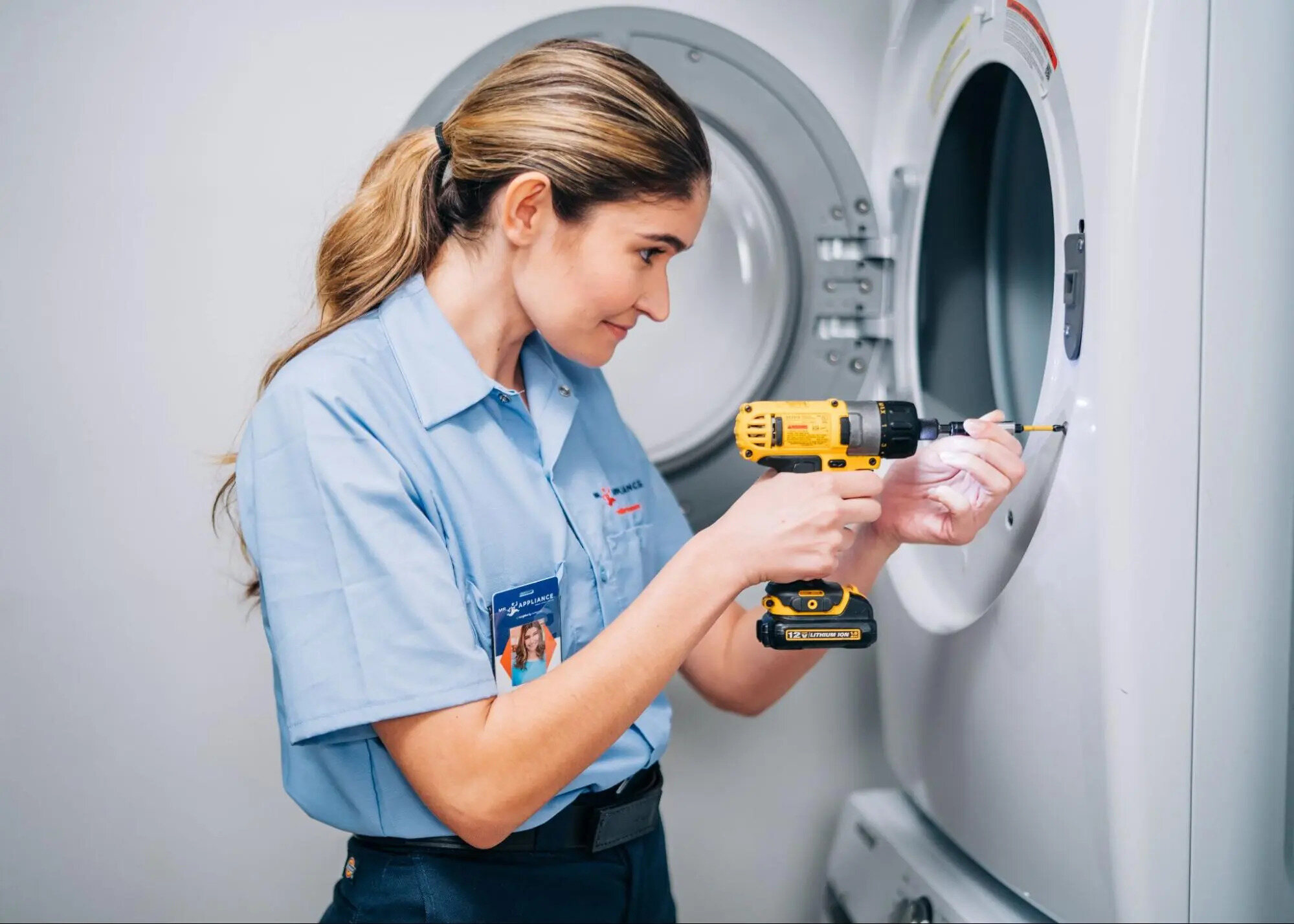
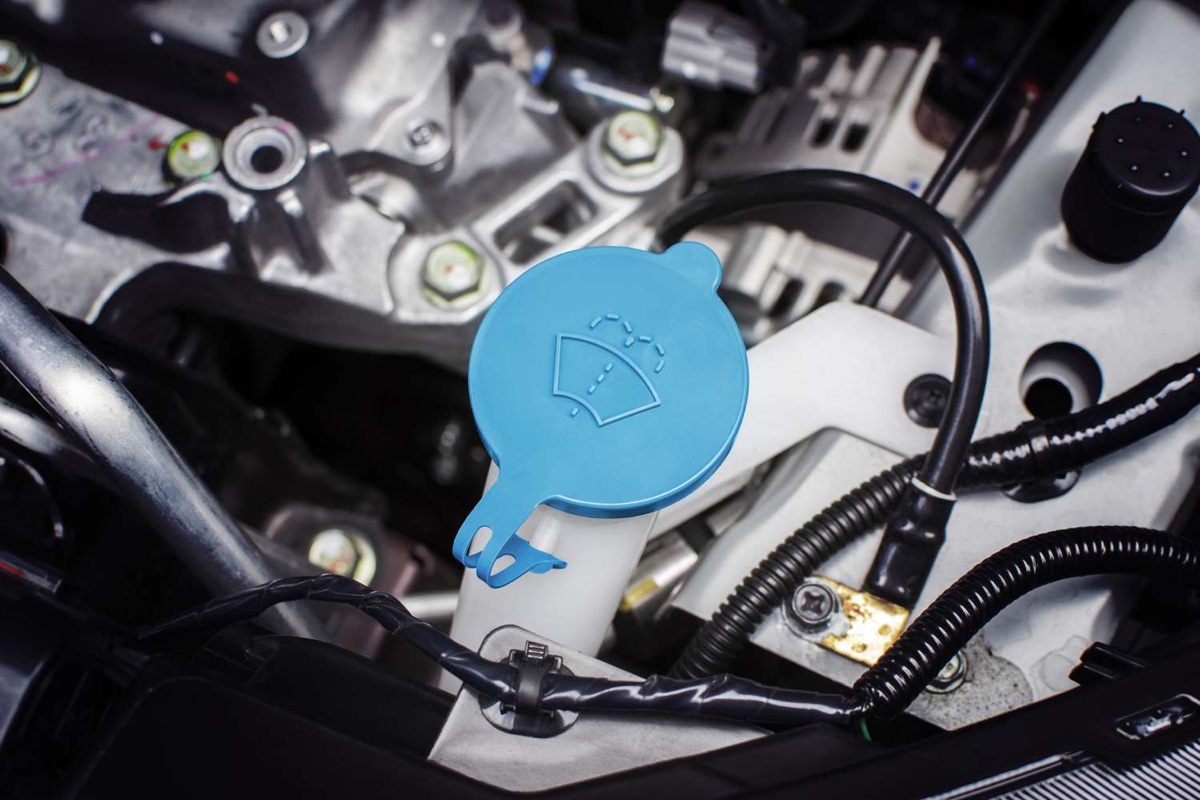

0 thoughts on “How Do I Wash Pillows”